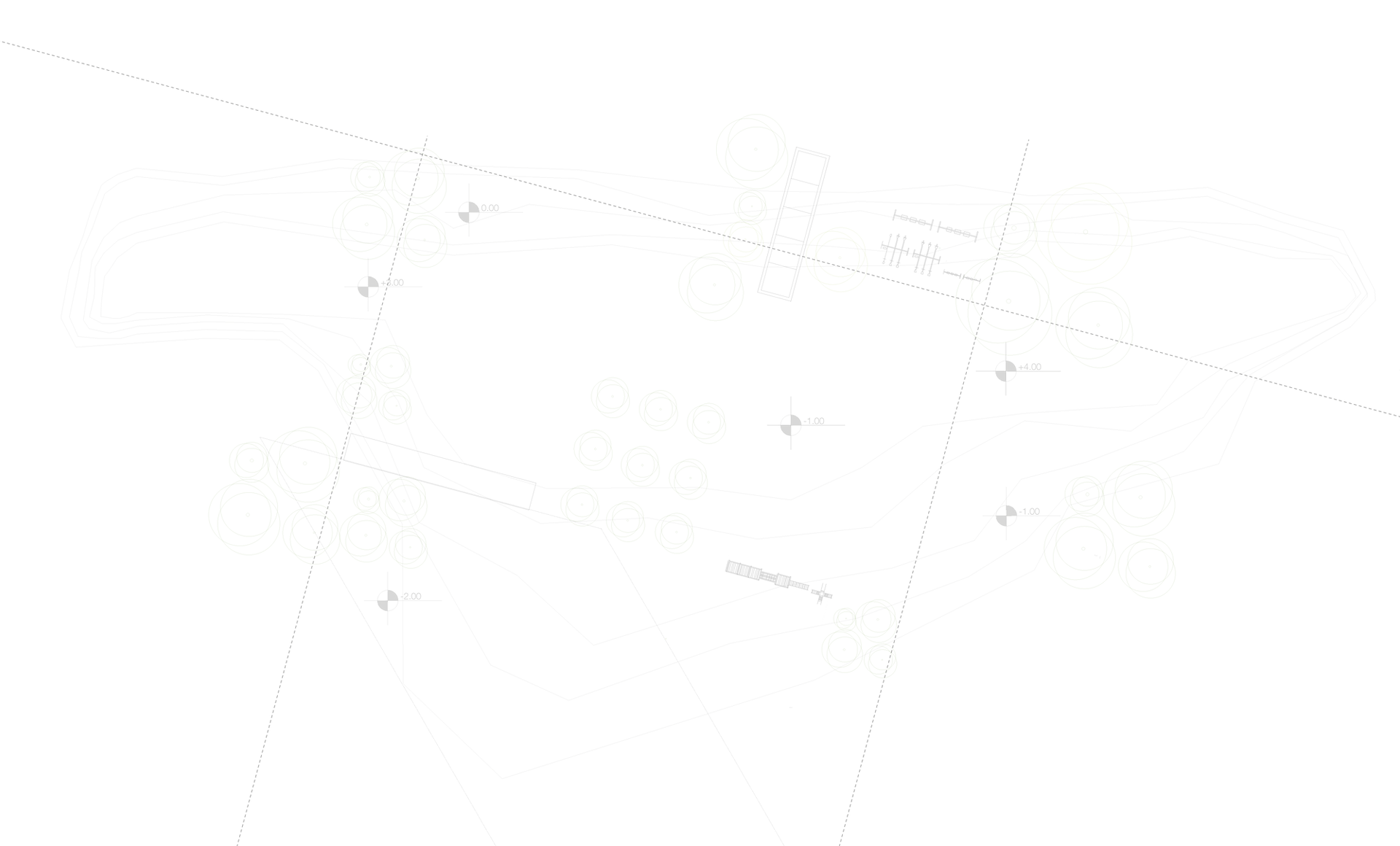
Cube Manipulation
Assignment 3- Introduction to Design
In this assignment 3, we are supposed to continue on the previous assignment, Assignment 2-Facades and use the design principles or elements learnt into this assignment. Cube manipulation is a type of form manipulation which consist of lines, points, plane, space and volume. A cube is made up of 6 planes and has 12 edges. It is an assignment to see how we could manipulate a cube which comes up to form manipulation. There are a total of 13 cubes to make as the final presentation, with twelve 15x15cm cube and one 30x30cm cube.
Main goal of this assignment is to achieve the techniques required which are additive, subtraction and transformation. The techniques involved are the main core of each cube to signify the manipulation of form and volume. Workmanship and craftsmanship using the technique involved are important for producing each of the cube.

Addition
Addition for cube manipulation is produced by relating or physically attaching one or more subordinate forms to its volume. In simpler words, it is adding manipulated forms onto an existing geometric cube. There are three types of additive forms to look at which are the edge-to-edges plus face to face, rotating grids plus interlocking, and collision of geometry plus intersecting. These techniques must be portrayed in each three cubes for addition.I personally chose edge-to-edge plus face to face as I think I understand the technique more than the others.
In the first prejury, I created a mock-up model which consist of different sizes of cubes that combined together to create a complex cube of addition. It consist of cubes and rectangles which are are formed some of each edges and some faces on the plane. The base is stronger and stable to support the elements above, it gives a sense of "complexity and unity" as a whole. It plays around with it's height and also presents repetition on the variation model. As reference, a lego stature with stacking on planes face to face plus it can be placed edge-to-edge defines the whole mock-up model. The first mock-up model's critics were it must not look like a sculpture and it feels like it is just stacking cube and there are no manipulation that is going on the cube.


Subtraction
For week 10 of this module, subtraction for cube manipulation is the main technique that must be shown in the first 3 cubes. When we see something incomplete, we tend to visualize it as if it is a whole. When regular forms have fragments missing from their volumes, they retain their formal identities if we perceive them as incomplete wholes. In simpler words, it is some missing elements that at the end it seems like a cube still. There are three techniques that must be presented in each cube, which are sliced & removed, shifting & remain and shifting and sliced plus collision of geometry. I personally chose shifting and remain when we separated our jobs in our group which I am in a group of three with Khoo Sue Ling and Carmen Chan.
I portrayed shifting and remain as a void. This is because a void can represent the remained elements which showed unity but still looked like a cube. The shifted elements are placed randomly as horizontally or vertically.













The final addition edge-to-edge model that I am responsible of is in hexagonal shape and form which forms into a structural modular form that represents the void in spaces. There are also rotated grid included in this design to make it look more intricate and complicated. To enhance the spaces between the hexagonal form, I added solid forms to give a barrier between two hexagonal form.
FINAL MODEL
DESIGN PROCESS
REFLECTION
The idea was derived first from the model(left) into the model(right) which has a cover or resembles the cocoon outlook which is detaching or splitting apart. Our model named "cocoon" resembles to our keyword emerge which the butterfly will emerge from the cocoon. The scale of the final model is 30cm x 30cm which it is a huge model to start off with.
I have learnt a lot through this assignment whereby not everyone's opinion we need to take it in and also I will have to meet the requirements of the assignment through the brief and assessment sheet. Thus, this is a tiring assignment as there was so many cubes to do and many ideas to formulate as a whole. Nevertheless, group members really helped out a lot while separating the workload to each of us.

